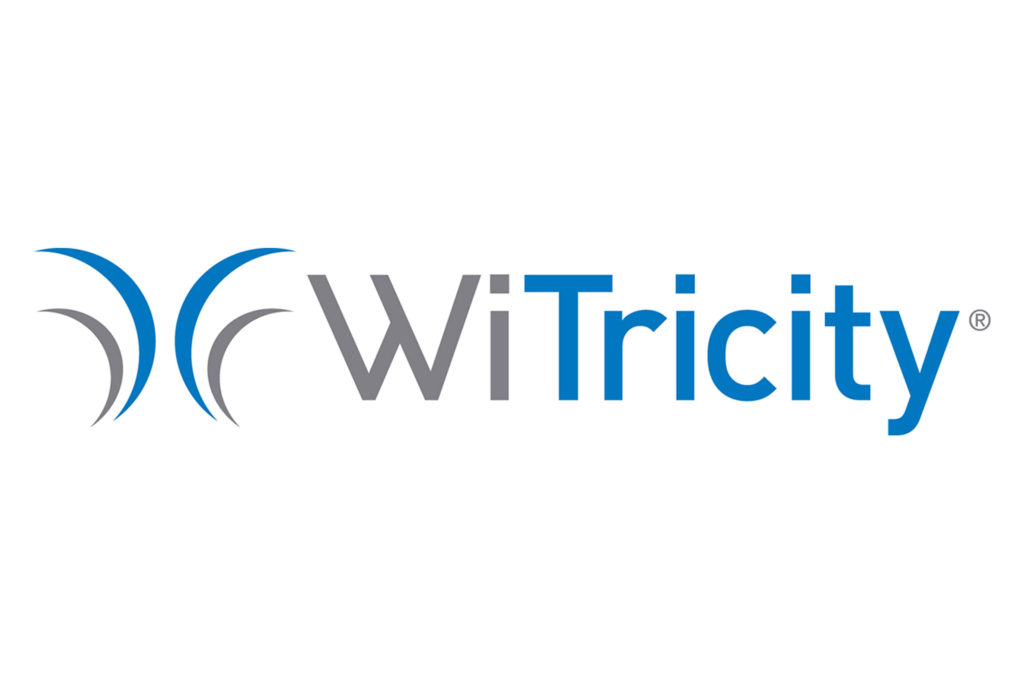Your smartphone can charge wirelessly, and a cable is not required for your computer to connect to the internet, so why do you still have to plug your electric vehicle in? Well, the truth is, you don’t, because WiTricity is making wireless charging a reality for EVs. At the Detroit Auto Show last week, the company unveiled for the first time a Ford Mustang Mach-E outfitted with its new Halo wireless charging system, a potentially game-changing technology.
Ford’s popular all-electric SUV joins WiTricity’s fleet of upgraded Tesla Model 3s as well as the South Korean-market Genesis GV60. The Halo wireless charging system enables park-and-charge capability. As the name implies, just park your EV over the system’s baseplate and the vehicle starts absorbing energy automatically. A totally seamless process, there’s no need to plug in or do anything else. Beyond that, this system can connect to the Halo mobile app, which allows cloud-based telemetry and gives users the ability to monitor and manage vehicle charging right from their smartphone.
SEE ALSO: Wireless charging is an electric vehicle gamechanger
Rated at 11 kilowatts, the first version of WiTricity’s Halo wireless EV charger works with most electric vehicle batteries and can deliver around 35 miles of range per hour. This performance basically matches Level 2 charging with a cable, it’s that efficient.
A floor-mounted charging pad is required for the system to function. This component is sturdy enough to be driven over and it’s IP rated to be installed indoors or outside, dramatically increasing the flexibility of this technology. Beyond that, the system has both foreign object and living object detection, so it shuts off if something – including a pet or other critter – gets between the charging pad and the vehicle.

“We have created hassle-free, end-to-end solutions for automakers, residential customers, and fleets, delivering the best charging experience for electric vehicles – just park and charge,” said Alex Gruzen, CEO of WiTricity in a release shared by the company. “WiTricity wants to accelerate EV adoption, which means eliminating the hassle of charging,” he added.
Wireless charging systems for the Mach-E and Tesla Model 3 are not commercially available yet, but a WiTricity representative told EV Pulse that pilot programs for these vehicles will be announced toward the end of the fourth quarter 2022. Naturally, pricing information is not available at this time.
CHECK IT OUT: Jeep’s Jim Morrison talks Wrangler 4xe sales, Grand Cherokee 4xe ramp up, and potential Gladiator 4xe
In the future, wireless charging could transform the EV ownership experience. Today, if you drive an electric vehicle, you have to remember to plug in at home to juice up the battery or, if you’re on a longer drive, you have to take advantage of public DC fast charging. Someday, EVs may simply charge automatically while sitting in a parking garage or waiting in line at Starbucks. This so-called “power snacking” could be offered as an amenity by businesses to attract more customers, but it could also be a huge help to commercial clients. Fleet owners could enable their electric delivery vehicles to charge up while waiting in line to get loaded or while drivers are taking a break. This keeps the battery energized and saves charging time at the end of the day.
Wireless vehicle charging isn’t quite ready for the mass market, but it’s coming soon and it promises big things.

